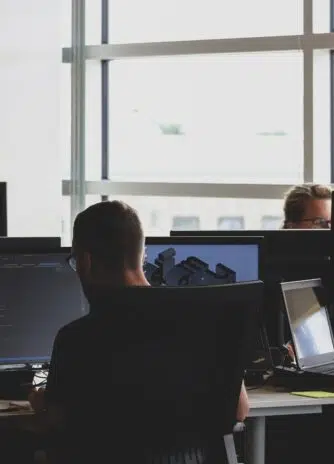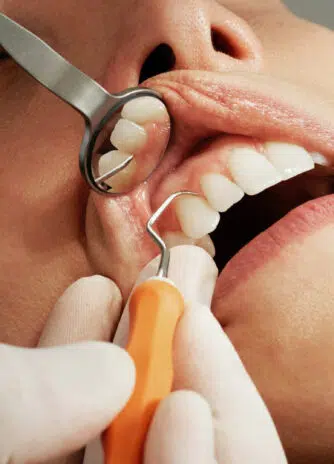When Deirdre Hall had her routine mammogram last summer, everything seemed perfectly normal. Her radiologist saw no signs of cancer — no shadows, lumps, or irregular patches. But then, artificial intelligence intervened.
The screening software had circled a small area in the upper part of Hall’s left breast that it found suspicious. Because of that alert, her doctor ordered an ultrasound and, later, a biopsy. The results revealed four cancerous tumors — all in the exact spot the AI had flagged.
“This would have been completely missed without the AI,” said Dr. Sean Raj, chief medical and innovation officer at SimonMed Imaging in Tempe, Arizona. Hall’s dense and complex breast tissue had effectively hidden the cancer. “Even I could have missed it,” Raj admitted.
Thanks to the technology, Hall’s cancer was caught early, at Stage 1. “They didn’t find anything in the lymph nodes,” she said. “I’m so glad they caught it early.”
How AI Is Changing Mammogram Readings
Radiologists across the U.S. are increasingly using AI tools to review mammograms alongside their own assessments. These systems analyze mammogram images — sometimes millions of them — to learn the subtle differences between healthy and cancerous tissue.
Some AI tools, like the one used for Hall, flag suspicious areas for closer review. Others estimate a woman’s long-term risk of developing breast cancer.
At the University of California, San Francisco, researchers recently showed that AI triage could dramatically reduce the wait time for patients. In their study, the average time from mammogram to biopsy dropped by 87% — from 73 days to just nine.
Still, experts caution that more research is needed. “We’re not there yet,” said Dr. Sonja Hughes from Susan G. Komen. “We don’t have enough data to make AI the standard of care.”
The Challenge of Dense Breasts
Mammograms have saved countless lives, but they can be less effective for women with dense breast tissue — a condition affecting about 40% of U.S. women. “It’s like trying to find a snowball in a blizzard,” said Dr. Otis Brawley, oncology professor at Johns Hopkins University.
AI tools can help radiologists detect cancers that would otherwise be obscured. One popular system, Lunit, correctly identified cancers in 88.6% of cases in a 2024 JAMA Oncology study. However, it also produced false positives in about 7% of cases, sometimes leading to unnecessary follow-ups and anxiety.
Doctors and Machines: A Powerful Team
Top hospitals like MD Anderson, Mount Sinai, and the University of Pennsylvania have integrated AI into their breast imaging programs. Importantly, AI doesn’t replace radiologists — it assists them.
“The nice thing about AI is that it doesn’t get tired,” said Dr. Lisa Abramson, associate professor of radiology at Mount Sinai. “It’s not replacing expertise — it’s enhancing it.”
Studies also show that AI can help general radiologists perform more like specialists. Without AI, specialists identified breast cancers correctly about 89% of the time, compared with 84% for generalists. With AI, both reached around 93%.
Costs and Concerns
Most hospitals don’t charge patients extra for AI screenings, as there’s no dedicated insurance code. However, some imaging centers, such as SimonMed and RadNet, offer an optional “second layer” of AI for $40–$50.
Experts warn that AI’s growing sensitivity could lead to overdiagnosis — finding cancers that might never become dangerous. “It’s cancer, but it’s not genetically programmed to grow, spread, or kill,” Brawley said. “I worry that AI may help us find even more of these harmless tumors.”
A major $16 million U.S. study is now underway to better understand AI’s real-world impact on breast cancer outcomes.
A Tool — Not a Replacement
Radiologists emphasize that AI should complement, not replace, human expertise. It can amplify precision, speed up diagnoses, and expand access — especially in areas with fewer breast imaging specialists.
But it’s not perfect. AI systems may perform less accurately for women of color if the datasets used to train them lack diversity.
Despite her initial hesitation, Deirdre Hall now sees the value of the technology that likely saved her life. “I don’t love all this AI stuff,” she said with a smile. “But I definitely love this for me — or anyone else in my position. No matter how it was found, I’m just glad it was found.”
We have helped 20+ companies in industries like Finance, Transportation, Health, Tourism, Events, Education, Sports.












